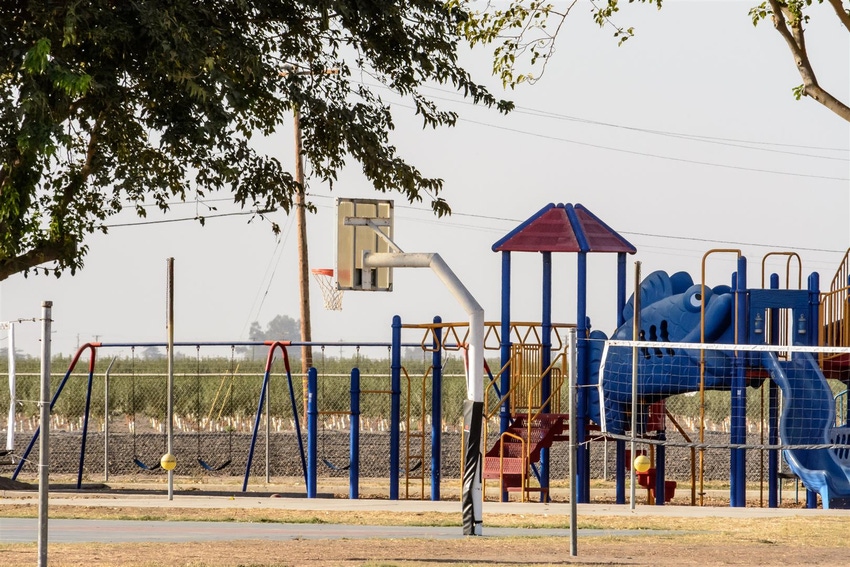September 30, 2016

The California Department of Pesticide Regulation (DPR) wants to further restrict pesticide use near schools and day-care centers.
If approved, the move will standardize procedures across the state that currently varies by county. The regulation would affect about 3,500 schools and child day-care facilities, and involve approximately 2,500 growers in California.
DPR says the move is necessary because teachers and the public want to know whether chemicals being used on neighboring farms could adversely impact them.
“This regulation not only builds in additional layers of protection for students and school staff that are located in agricultural areas, but it also ensures meaningful communication between farmers and the schools and child day-care facilities that are their neighbors,” says DPR Director Brian Leahy.
Following extensive public input, the proposed regulation would provide an extra measure of protection to these sites from the risk of short-term pesticide exposure. It would also provide advance notification when certain pesticides are applied, so as to increase communication between growers and schools or child day-care facilities, and help them in responding to inquiries and potential incidents.
The proposal was informed by a series of public workshops held last year in five locations around the state to gather input from school administrators, growers and applicators, parents, teachers and the community.
DPR is seeking further public comment on the proposed regulation by Nov, 17. A final regulation is expected to become effective Sept. 2017.
The proposed regulation would do the following:
Prohibit many pesticide applications within a quarter mile of public K-12 schools and child day-care facilities from Monday through Friday between 6am and 6pm. These include all applications by aircraft, sprinklers, air-blast and all fumigant applications. In addition most dust and/or powder pesticide applications such as sulfur would also be prohibited during this time.
Require California growers and pest control contractors to notify public K-12 schools and child day-care facilities and county agricultural commissioners (CACs) when certain pesticide applications are made within a quarter mile of these schools and facilities.
Under the proposed regulation, California growers would provide two types of notifications to a school or child day-care facility:
An annual notification that lists all the pesticides expected to be used during the upcoming year. This must be provided to the school or child day care facility administrator by April 30 each year. The notice must include among other things:
The name of pesticide products (and the main active ingredient) to be used;
A map showing the location of the field to be treated;
Contact information for the grower/operator and the County Agricultural Commissioner (CAC); and,
The web address for the National Pesticide Information Center where additional sources of information or facts on pesticides may be obtained.
An application-specific notification which must be provided to the school or child day-care facility 48 hours before each application is made. This begins Jan. 1, 2018 and must include among other things:
Name of pesticide products (and the main active ingredient) to be used;
Specific location of the application and the number of acres to be treated; and,
Earliest date and time of the application.
California has varying microclimates and schools have various extracurricular school activities. Therefore, the regulation will allow the individual school or child day-care facility, the grower and the CAC to develop an alternative written agreement, to which all three parties must consent, that provides equal or more protection than the regulation. This agreement will be enforced by the CAC.
The full regulation can be found at www.cdpr.ca.gov/docs/legbills/rulepkgs.htm from Sept. 30.
Any interested person can submit written comments on the proposed regulation by 5 p.m., Nov. 17, to [email protected]
You May Also Like




